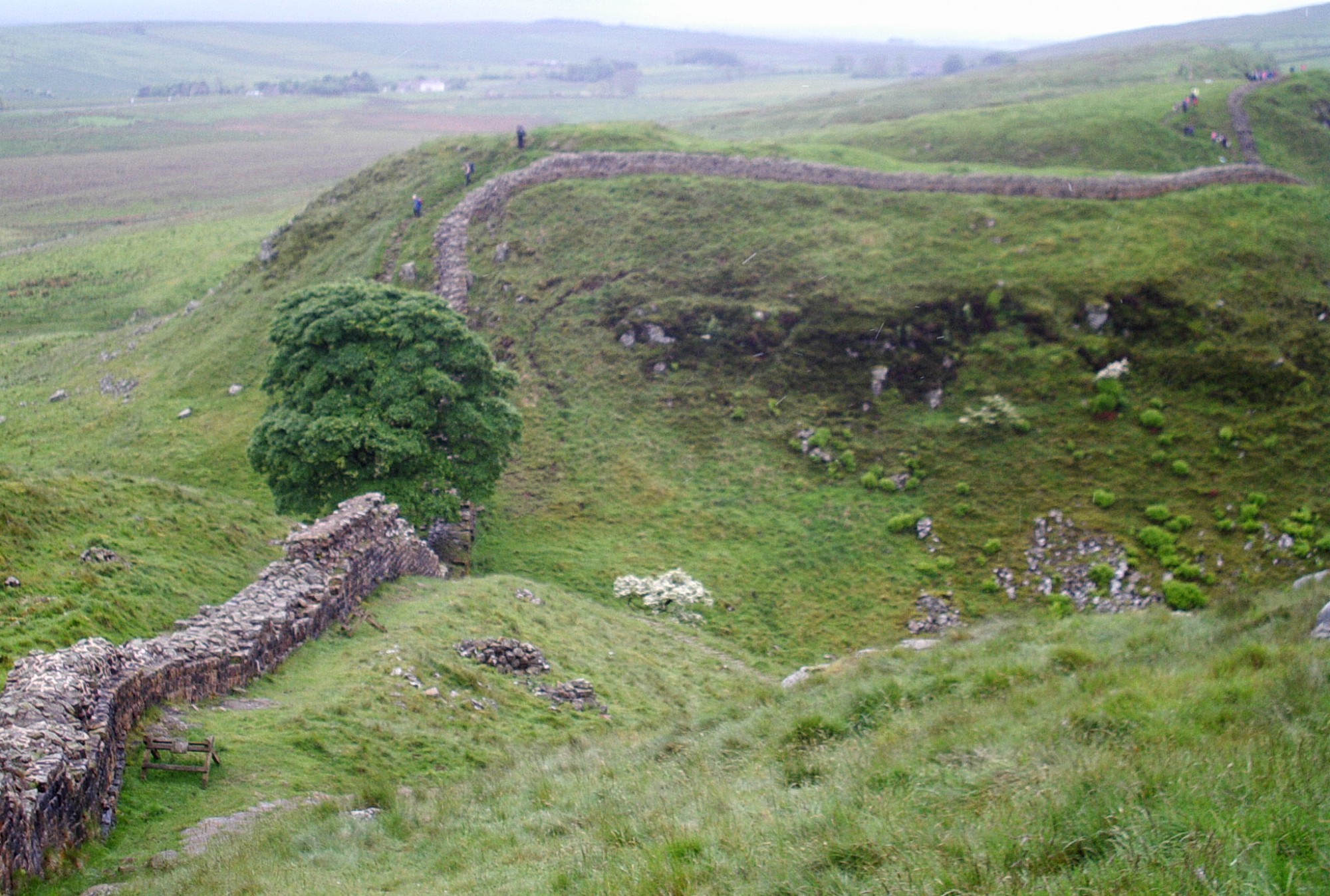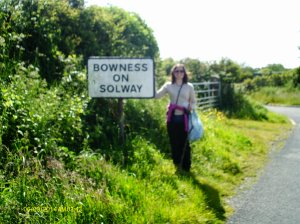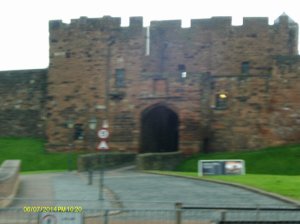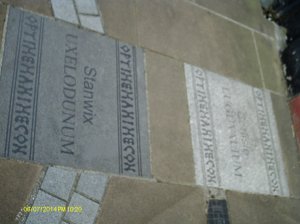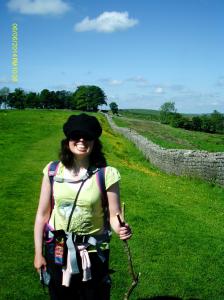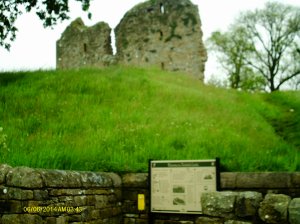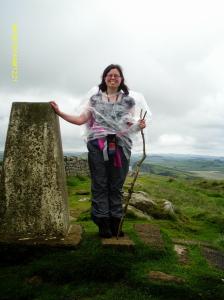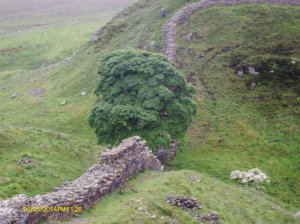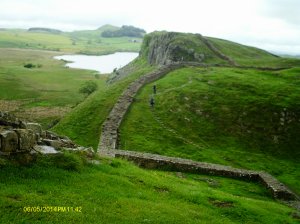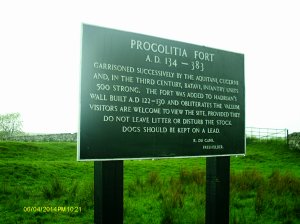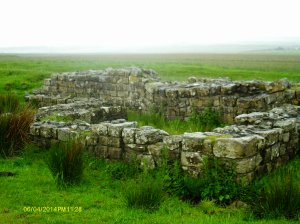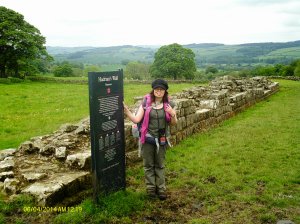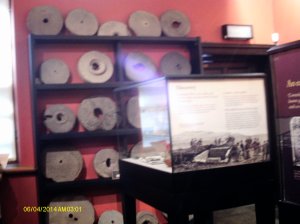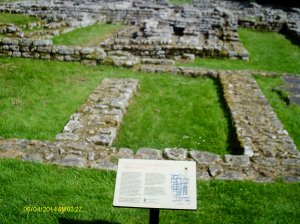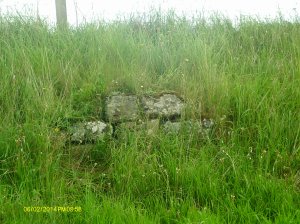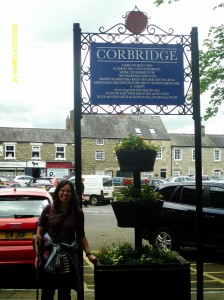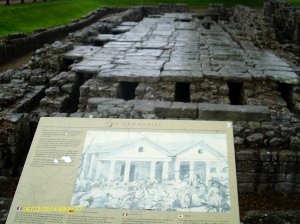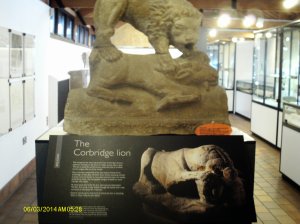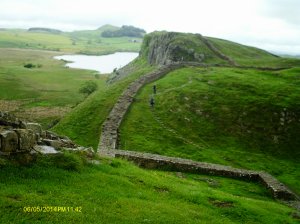Day 8 Carlisle to Bowness-on-Solway
Thankfully, my legs were working again today and I was grateful to realise I would not be hobbling all the 15 miles to Bowness. Especially as today we had a strict time limit, there was no B&B at the end of our journey but a taxi then a train to catch.
But first we had a camera to find.
As we packed our belongings in the morning, it turned out Simon’s camera seemed to have disappeared. There was simply no sign of it. We mentally retraced all our steps and the decision was made that we would call into Pizza Express – where we ate the evening before – on our way to enquire whether the lost item had been left there the previous evening. It was a detour we would be making anyway as we were already going to the train station to leave our rucksacks. Pizza Express was shut but a notice on the window stated the phone number and we left a message, hoping that there would be a happy ending to the case of the lost camera. Then to the train station where we entered a room with no outward sign (we had enquired the day before and so knew where to go) filled a form, and handed our bags to retrieve them later in the day.
The River Eden was our next port of call where we followed the river path. A dip in a field near the Sourmilk Footbridge turned out to be Roman vallum, but there wasn’t much obvious history around although, as in previous places, the Wall could still be seen in nearby buildings.
About half way through our trek, we learnt that the camera had been left in the restaurant. Relieved and happier we carried on to the village of Burgh by Sands. And this was a treasure trove of history. The vicar and some parishioners spotted us looking around the grounds and ushered us in, supplying us with very welcome water and telling us about the history of the church. St Michael’s Church was built on a five-acre Roman fort, Aballava. The church, built in the 1200s and largely from Roman stones, was the place where Edward I lay in state after he died from dysentery in Burgh-by-Sands. It was also well-fortified, its tower – which we saw – having tiny slit windows to protect against raiders. It is definitely worth a visit to this unusual church.
After our little rest, we followed the line of vallum, over flat lonely – except for cows – marsh where we could see the River Eden and, further away, Scotland. It’s also possible on a good day to see the Lake District. The next curious spot we encountered was Port Carlisle, a sleepy coastal village. Once upon a time there was a railway line and canal, I had even read that Stephenson’s Rocket travelled on the line. Alas, no longer although it is possible to see the remains. On we trudged until we reached a sign Bowness on Solway, oh, glorious words. Not long to go now, not long to go… A pretty little public garden with shelter overlooked the sands and that was where we got our final stamp for the passport. We joked earlier that there would be a celebratory party awaiting us, of course it was more sedate than that. A cafe tea, a souvenir T-shirt bought, a Walkers’ Book signed in the local pub… and although there was no grand ceremony we still earned our certificates (actually they cost £1 but we certainly deserved ours!) A big difference to the industrial start of our journey, this was such a peaceful, sleepy coastal oasis. I was glad we finished here.
We slumped into the taxi tired out, ready for Carlisle.
Pick up the camera, get our belongings, board the train…
Our exhausting but exhilarating journey was over.
My Hadrian’s Wall adventure had, alas, come to an end but a couple of years later I embarked on a new journey… See https://cosycottageandthequestforthegoodlife.wordpress.com
